Iridescent ceramic vase by Clément MASSIER (1844-1917) in Golfe Juan,
*dated "1900" and bearing the precious mark "MCM" under enemail, but also still under cover "GOLFE JUAN (AM)"
*intaglio triangular-shaped mark "CLEMENT MASSIER GOLF JUAN AM", AM for Alpes Maritimes french department in South of France
*Original label of the ceramic factory bearing the number 80 suggesting that this piece was part of an exhibition organized early XXth century by the artist.
The vase, with a circular base, has conical shape, flaring downwards.
On the lower part of the belly, 4 indentations of the circumference are made by hand by the ceramist, before drying and firing. If this characteristic refers to the curved shapes typical of Art Nouveau, it directly reveals the intervention and direct imprint of the ceramist on the aesthetics of the piece.
The opening at the collar is delicately tightened.
The belly, with a blue-violet background with iridescent copper red rose, is filled with a decoration of darker pseudo Arabic inscriptions and with a lighter golden outline, highlighting by contrast these cut-out letters with a very Art Nouveau aesthetic, all curved.
The rare pieces bearing this "MCM" mark are all tributes to his wife, Marie, who died in 1900 and celebrated by the artist by the creation of exceptional pieces or selected for their innovative aesthetics: the initials of Marie Clément Massier and both the date 1900 in Roman numerals.
Sizes
18cm high
and 14,5cm in diameter
Clément MASSIER, as much for its taste as to respond to the fashion of the time, will very often refer in his ceramics to Japonism and Orientalism.
"The French ceramist Clément Massier first explored the aesthetic potential of metallic lustrous glazes in 1887, when he began collaborating with Lucien Lévy-Dhurmer, who, from 1892, became artistic director of the manufactory. He signs the pieces jointly with Clément Massier. Lévy-Dhurmer was himself a collector of Hispano-Moorish ceramics decorated with iridescent glazes derived from metals such as copper, gold, and silver. The influence of Spanish earthenware, with its shiny, reflective metallic glazes, is evident in the objects he produced in Massier's studio during the nine years he was employed there, and Massier continued to explore the effects of glossy glazes long after Lévy-Dhurmer's departure in 1896."
Bibliography:
"Massier, Introduction à la Céramique artistique sur la Côte d'Azur par Auteurs multiples",




























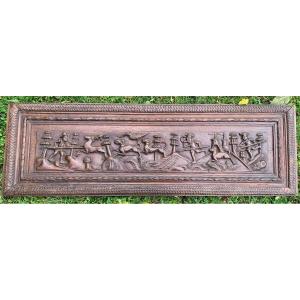

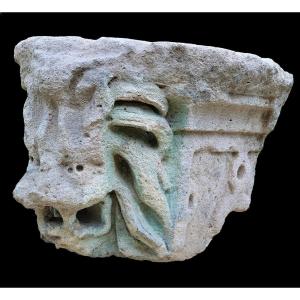
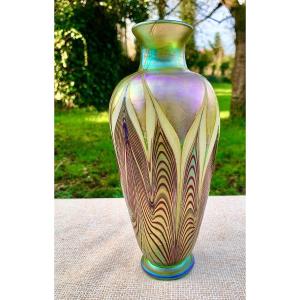
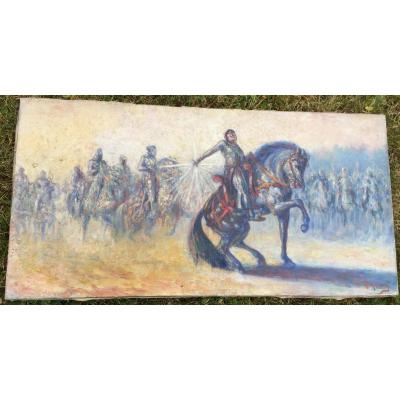
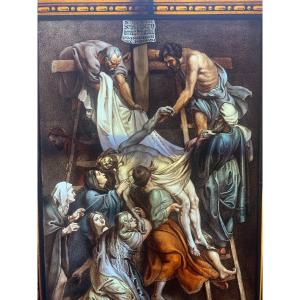
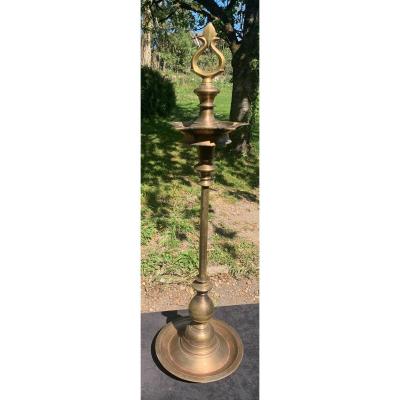


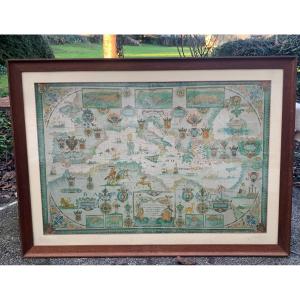
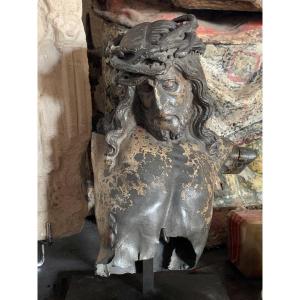
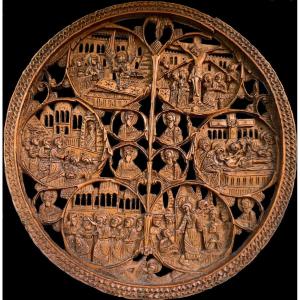

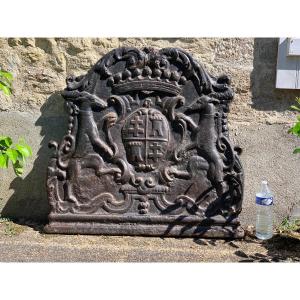



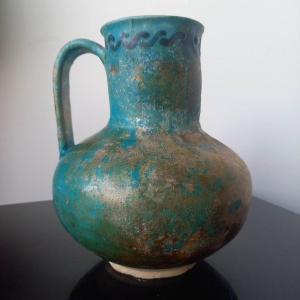




 Le Magazine de PROANTIC
Le Magazine de PROANTIC TRÉSORS Magazine
TRÉSORS Magazine Rivista Artiquariato
Rivista Artiquariato